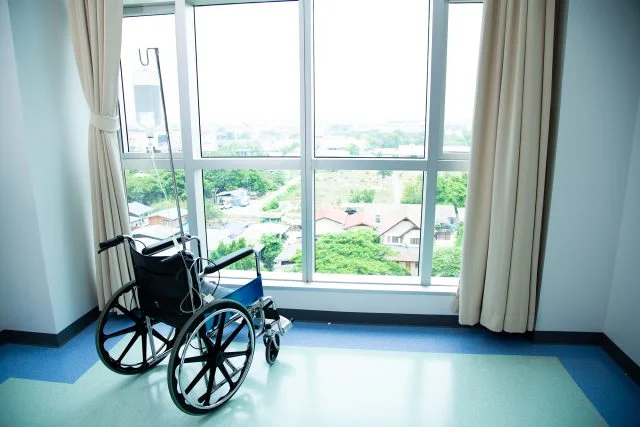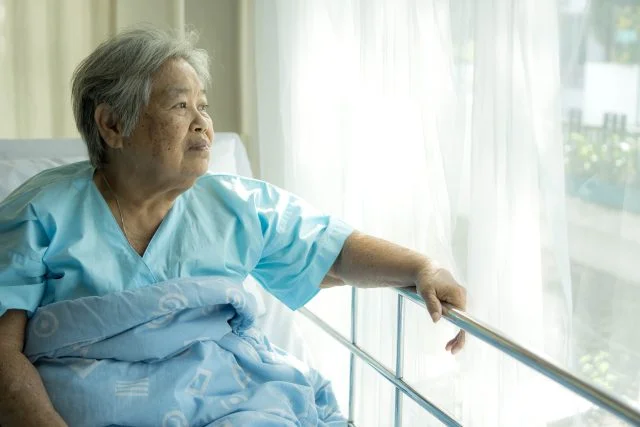Tag: long-term care

In my view, long-term care is one of the major challenges facing an aging society. Care can take the form of a nursing home, formal care provided in the community or home, or informal care provided by family or friends. KFF recently released a really nice summary of the state of play on the nursing…

Private long-term care insurance is unlikely to be part of the solution. One of the greatest health-related risks facing older people is the cost of extensive long-term care to help with activities of daily living such as bathing, dressing, and eating or to deal with dementia or other chronic conditions. We estimate that roughly…











